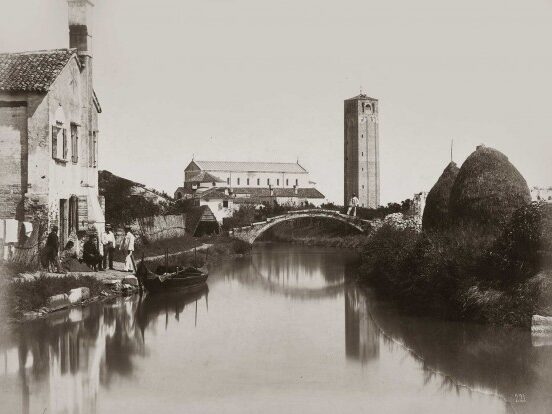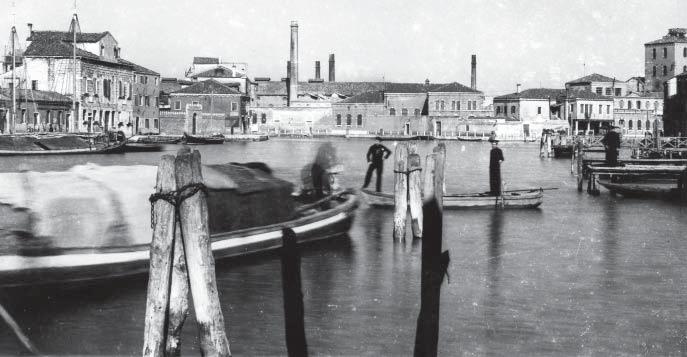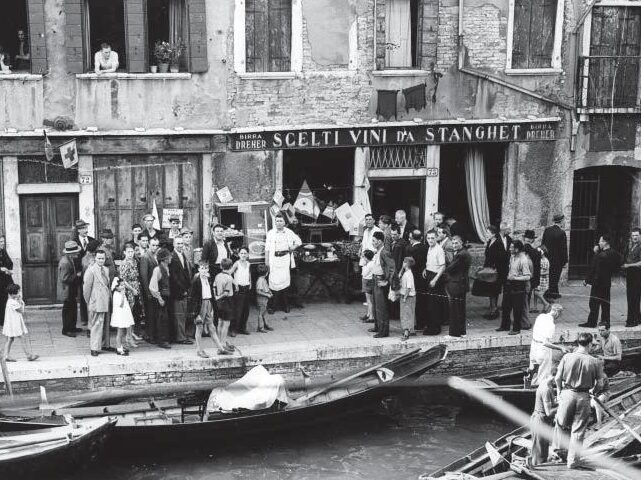
In the beginning was the island of Torcello the center of the lagoon, and there lived the people who had been rejected from the mainland by the Visigoths. Torcello had its greatest development between the Seventh and Tenth century, in fact, thanks to the flourishing of its trade, it came to have up to 30,000 inhabitants. However, from the fifteenth century, the unhealthy air resulting from the swamping of this area and the continuous plagues such as malaria, led to the death of many inhabitants. So the people decided to move to a healthier place, they loaded the stones of their houses on boats and built Venice!Torcello is not only a shining evidence of the birth of Venetian civilization, it is first of all an island immersed in that fascinating world that is the Venetian lagoon. It is an island of vegetable gardens and it is inhabited by about 12 people. Unfortunately of the numerous noble palaces and the various churches and monasteries that once crowded the island, today only a few surviving monuments remain. Among them especially the extraordinary monumental complex consisting of the Cathedral of Santa Maria Assunta, with its internal Byzantine-Romanesque mosaics of the eleventh and twelfth centuries.

Near Torcello you will see another island with a crooked bell tower, that is the island of Burano. The island of Burano was born when the population of Altino escaped because of the barbarian raids inside the lagoon, on the neighbouring islets. The word Burano comes from the word Bora, that cold and strong wind that very often is heard blowing in the lagoon during the winter months.Burano is famous today for its colors. The houses have bright and different plasters to mark the end of one property and the beginning of another. Legend has it that these houses were so colorful so that the fishermen, returning home, could recognize their home in the fog or caìgo as we say here, that in autumn and winter falls in dense shoals all over the lagoon and the hinterland. Here the women make wonderful lace still made exclusively by hand, while the men go to work on a nearby island called Murano, famous all over the world for the working of blown glass.

The origins of Murano would be similar to those of the centers founded by refugees from Altino during the barbarian invasions. The history of Murano Glass was born in 1291 when it was decreed that the glassworks of Venice were transferred to Murano since the furnaces of the laboratories were often responsible for disastrous fires, which became particularly serious because at that time the buildings were mainly made of wood.The master glassmakers were forced to live on the island and could not leave Venice without special permission. Many, however, managed to escape, exporting their famous techniques abroad. The most important crisis that affected the industry was in the 15th century, when the manufacture of Bohemian crystal was developed. But Venice came out of it also thanks to the uniqueness of the realization of the chandeliers, still today among the most famous manufactures of Murano.

The Venice Lagoon is a changing and elusive world, where the water is neither fresh nor salt and where the lands constantly rise and disappear. Everything flows here in the lagoon, in a quiet and very slow becoming.The Venicetourbyboat is pleased to welcome you in one of its many tours for emotions far away from time with landscapes of other times to discover these unique islands in the world, or for a romantic trip at sunset to admire with the eyes of the heart spectacular colors that even the best painter will never be able to reproduce.